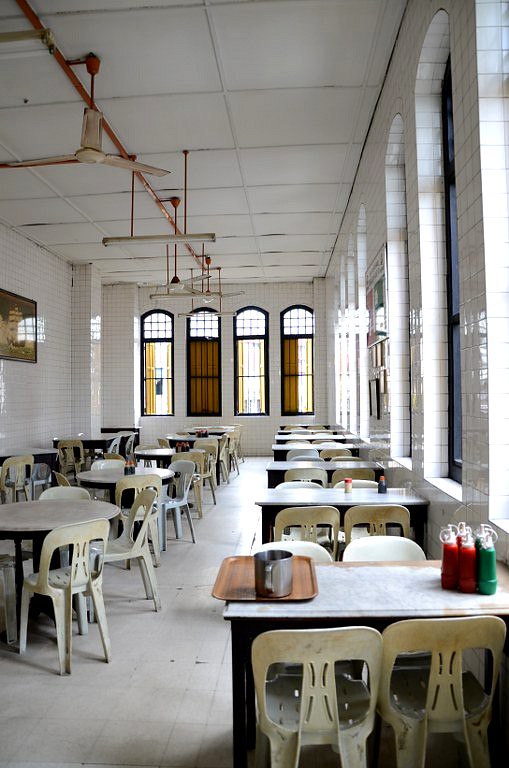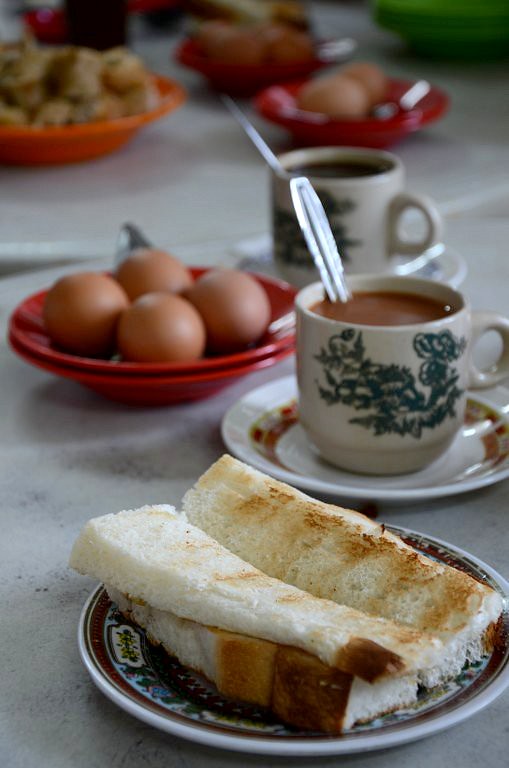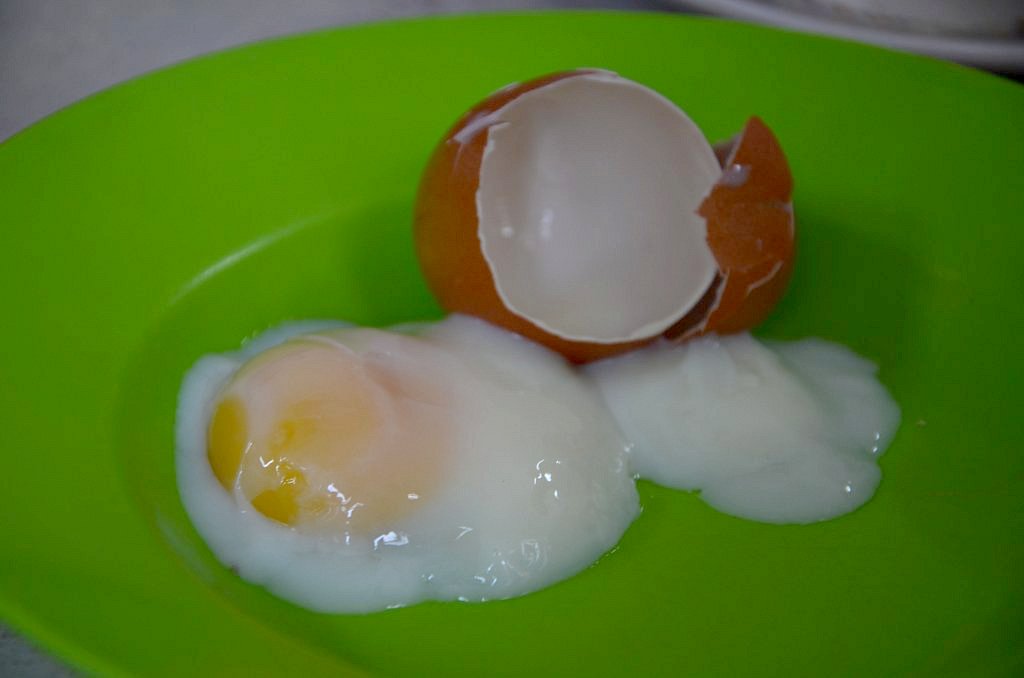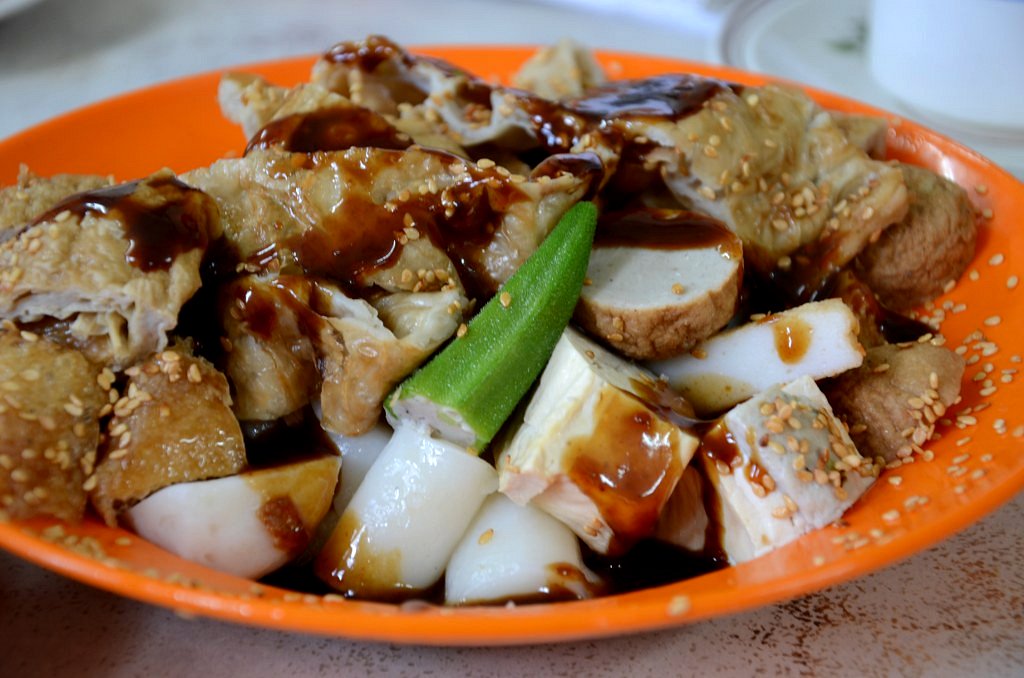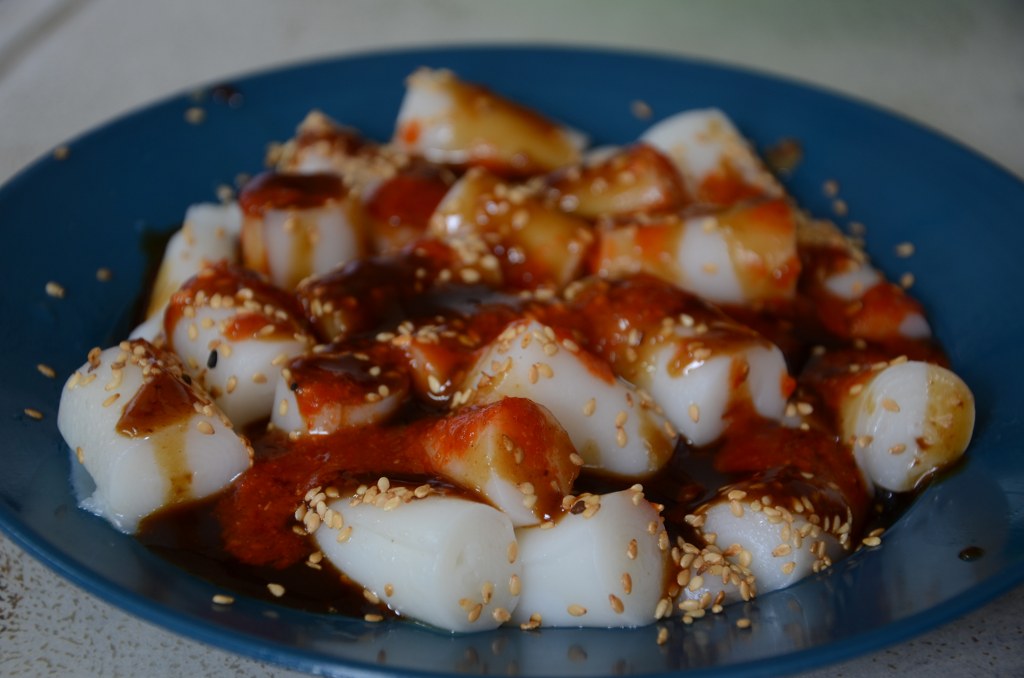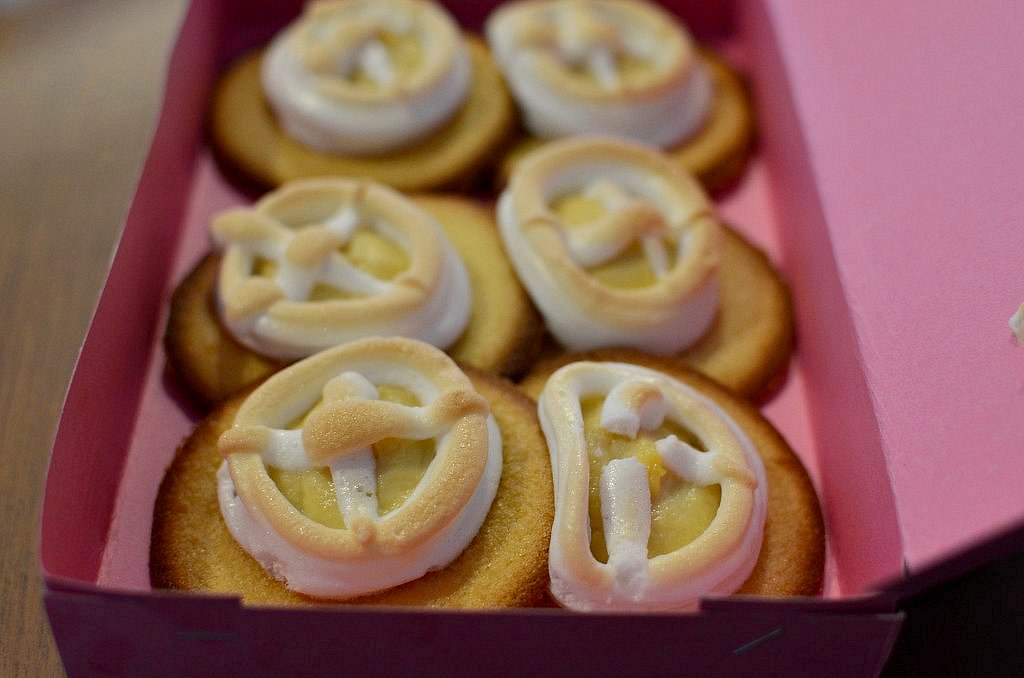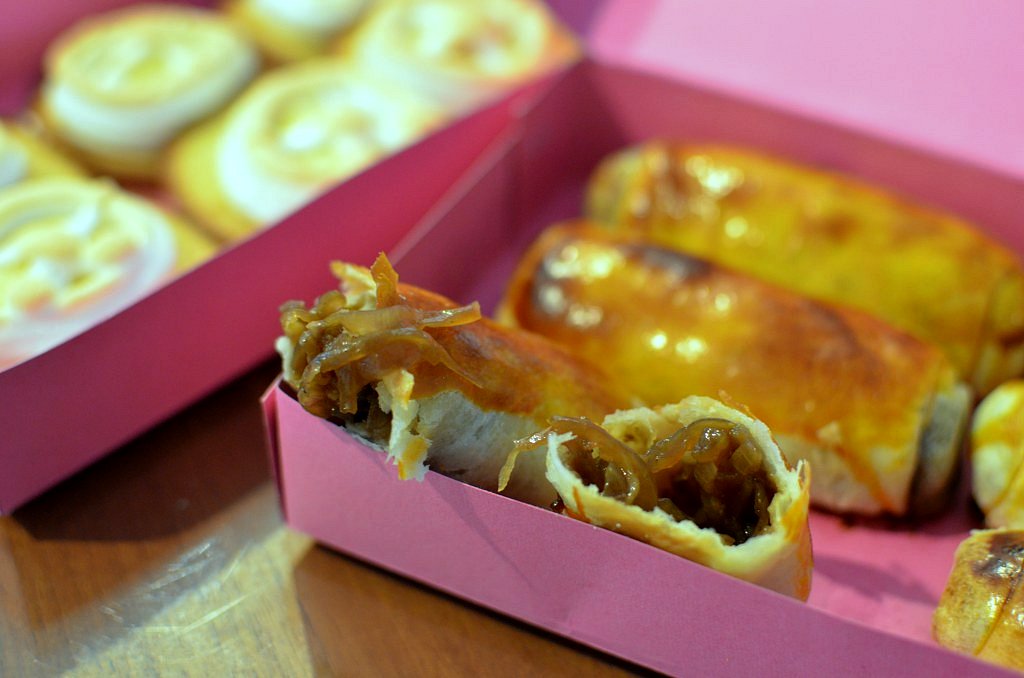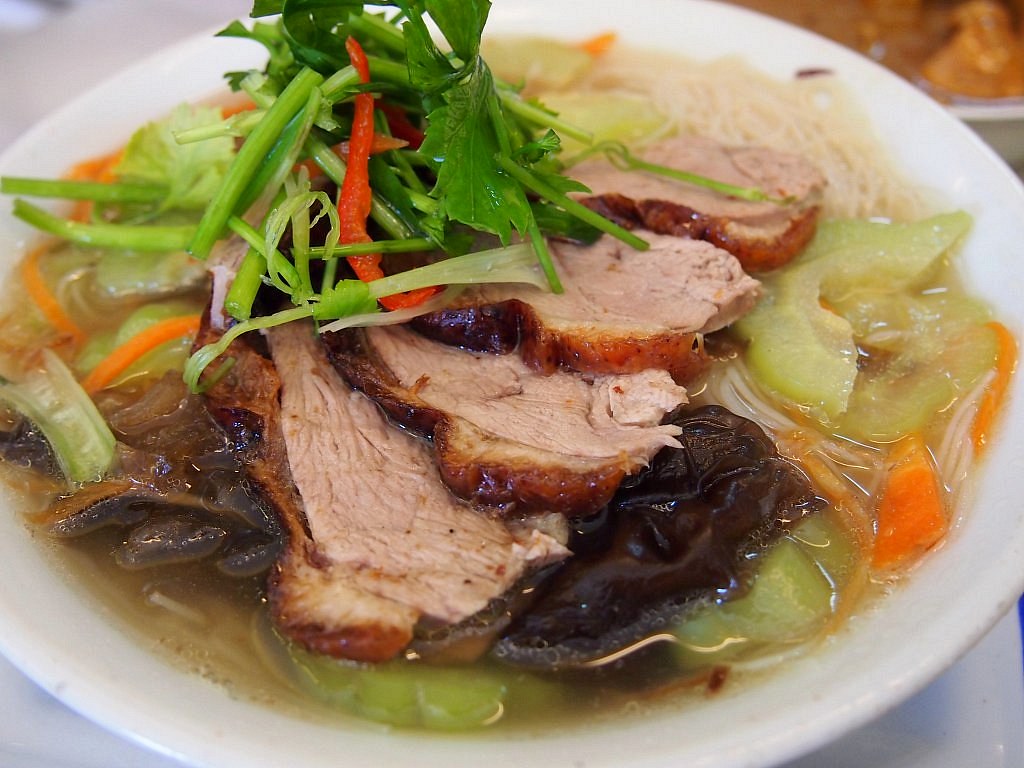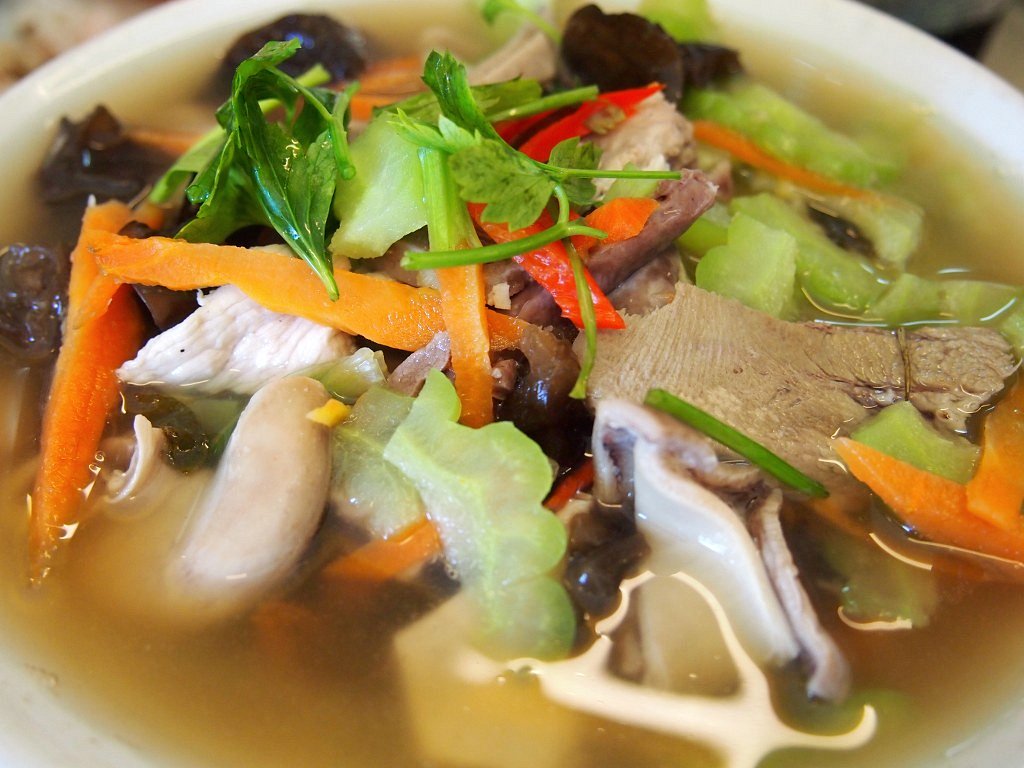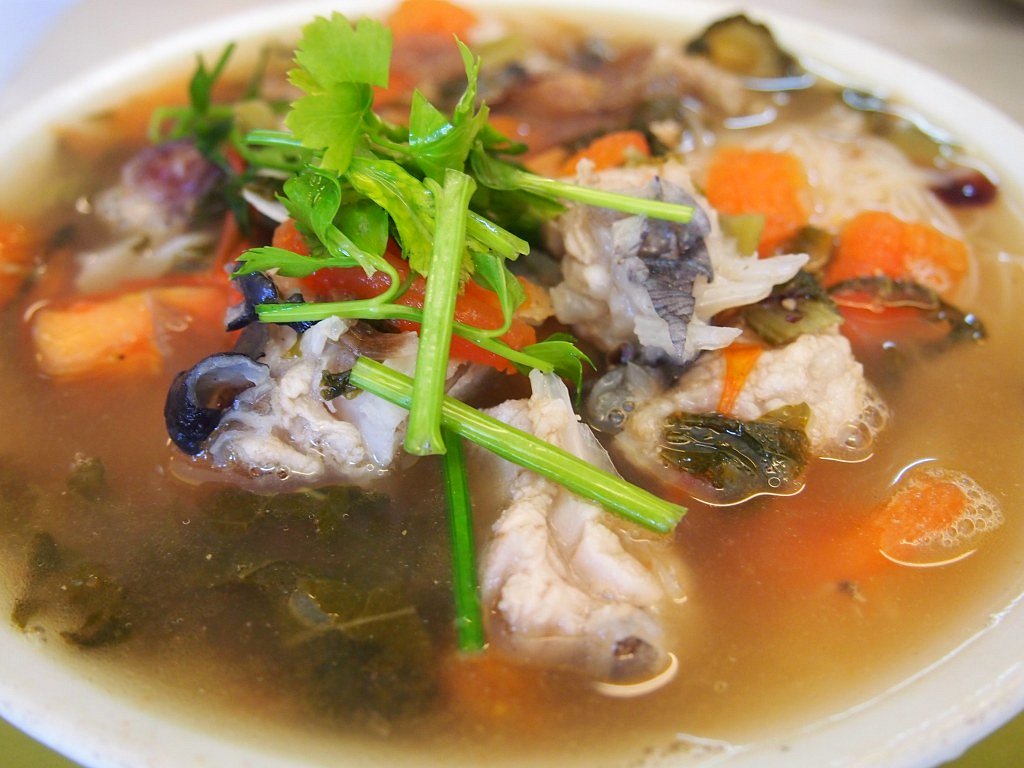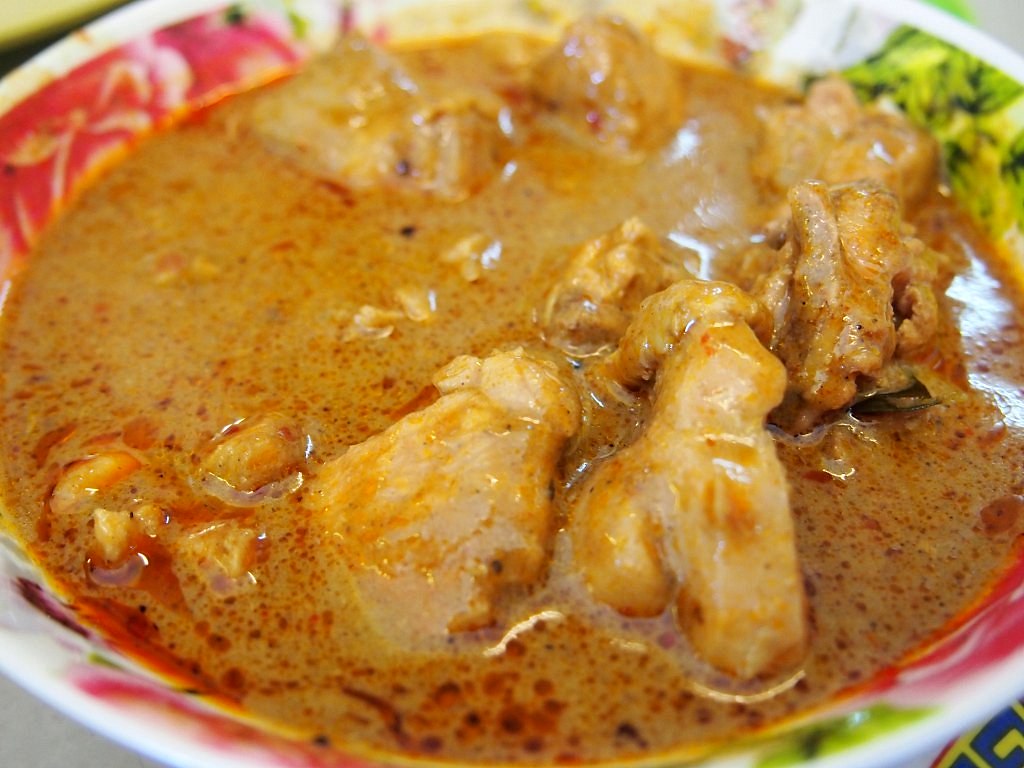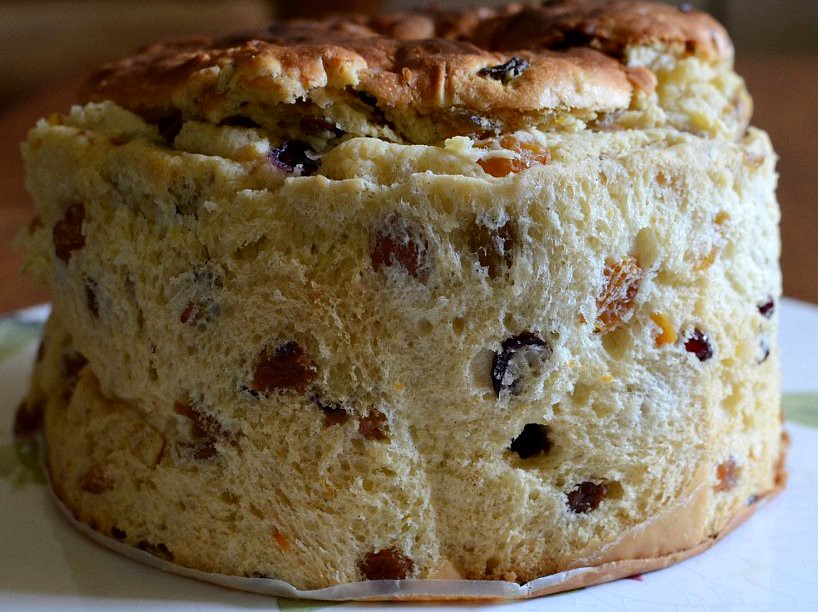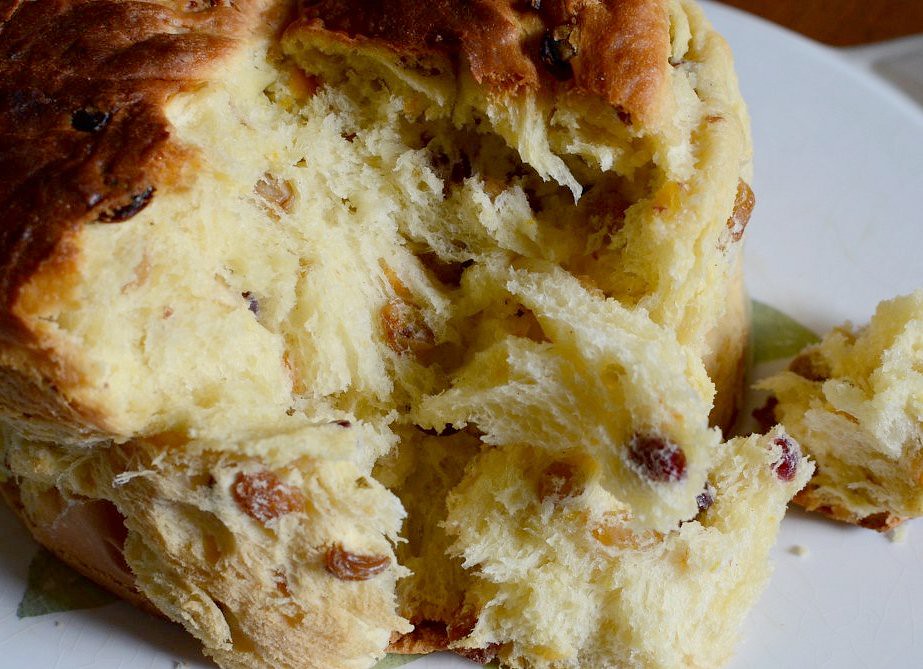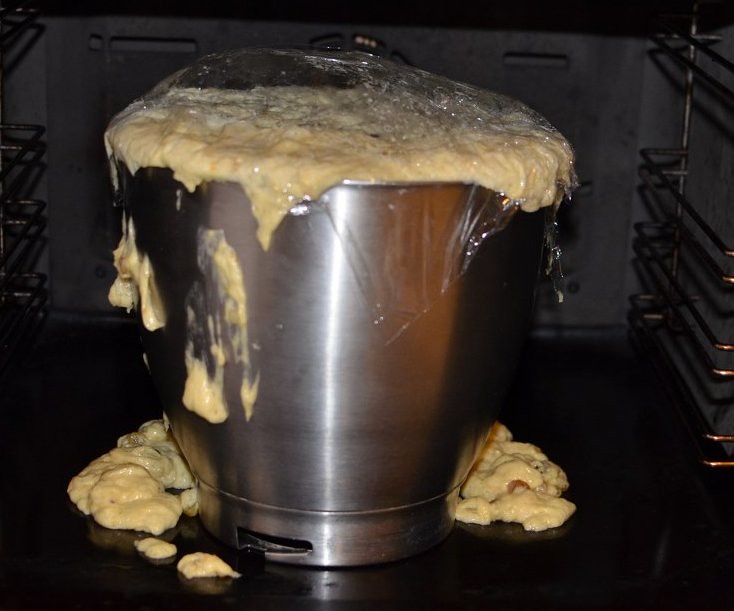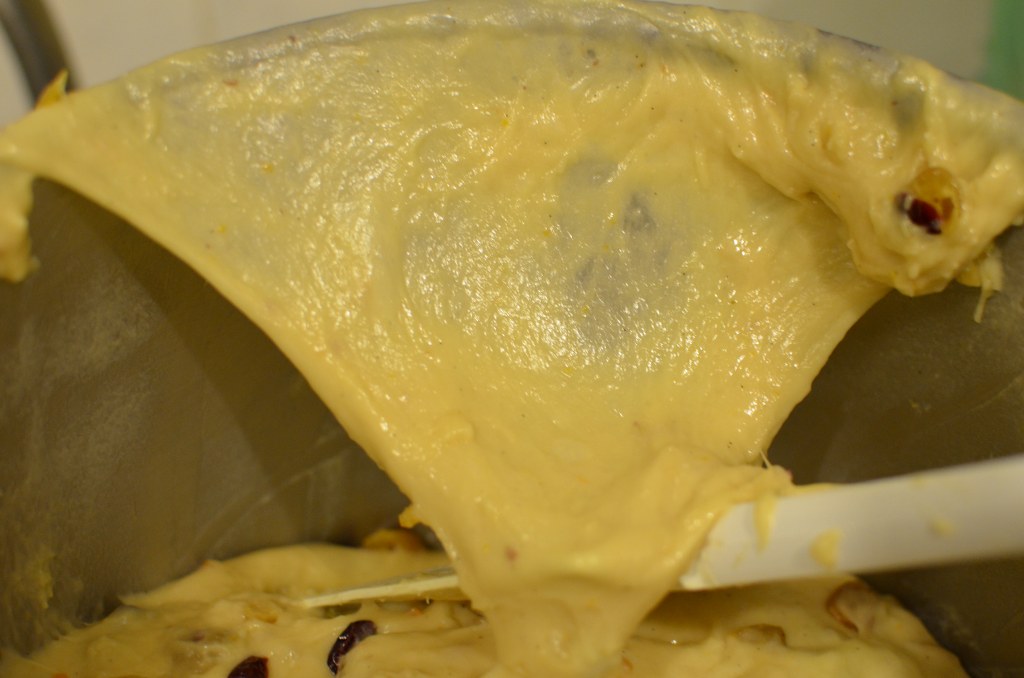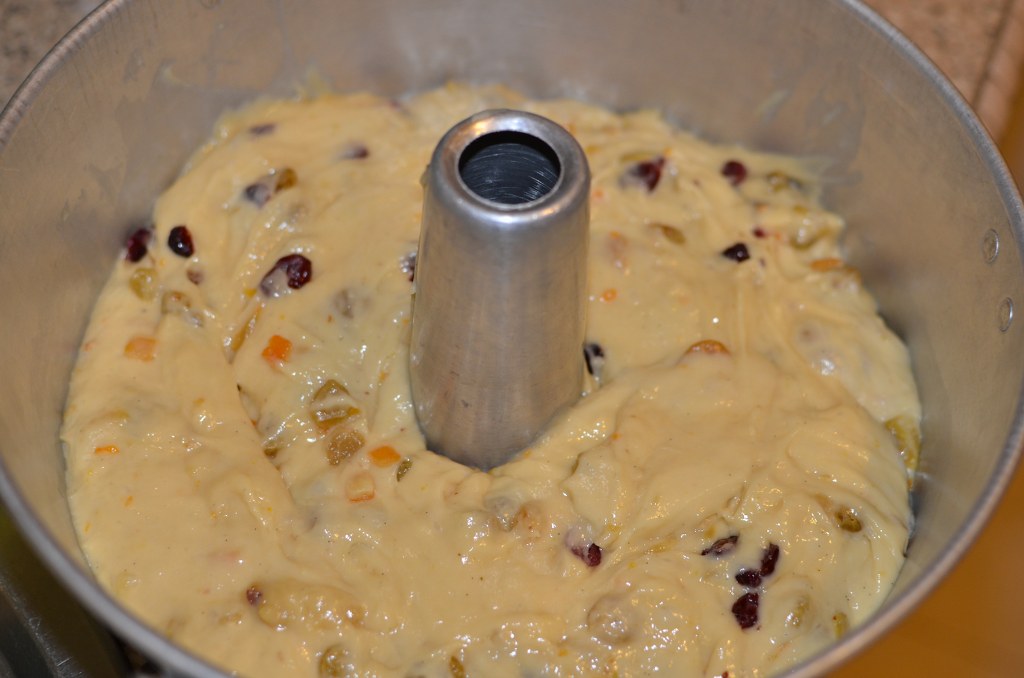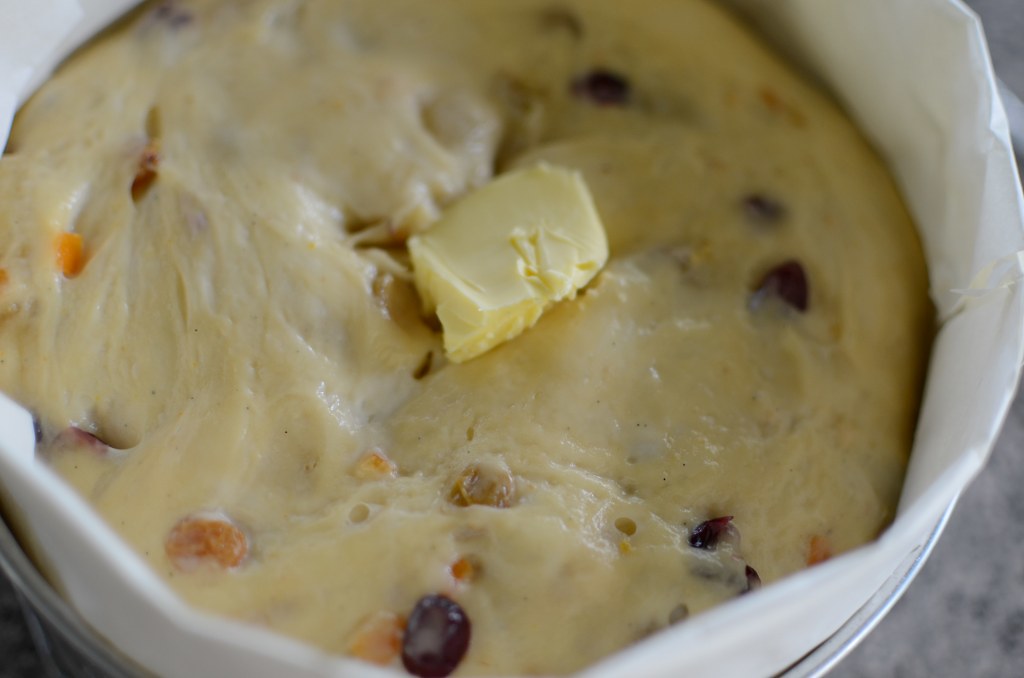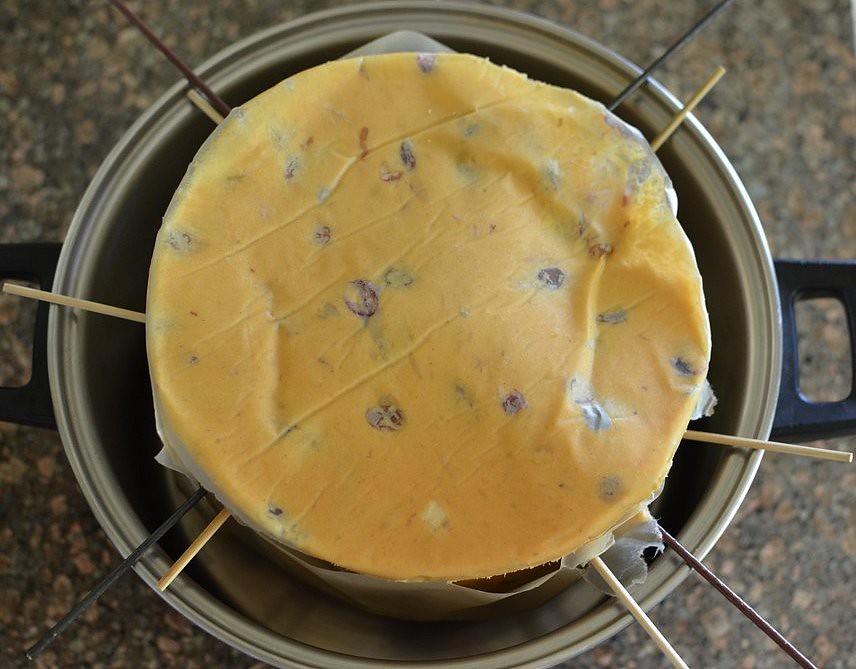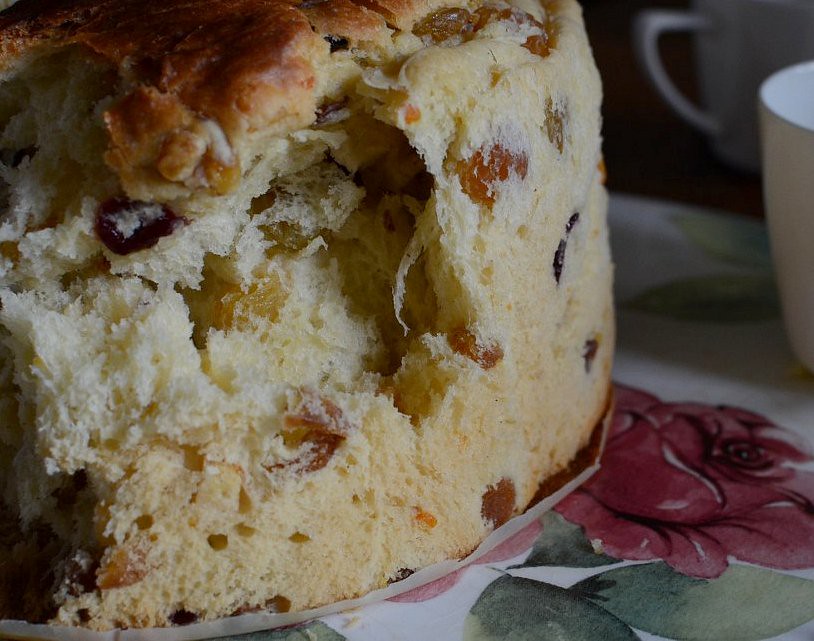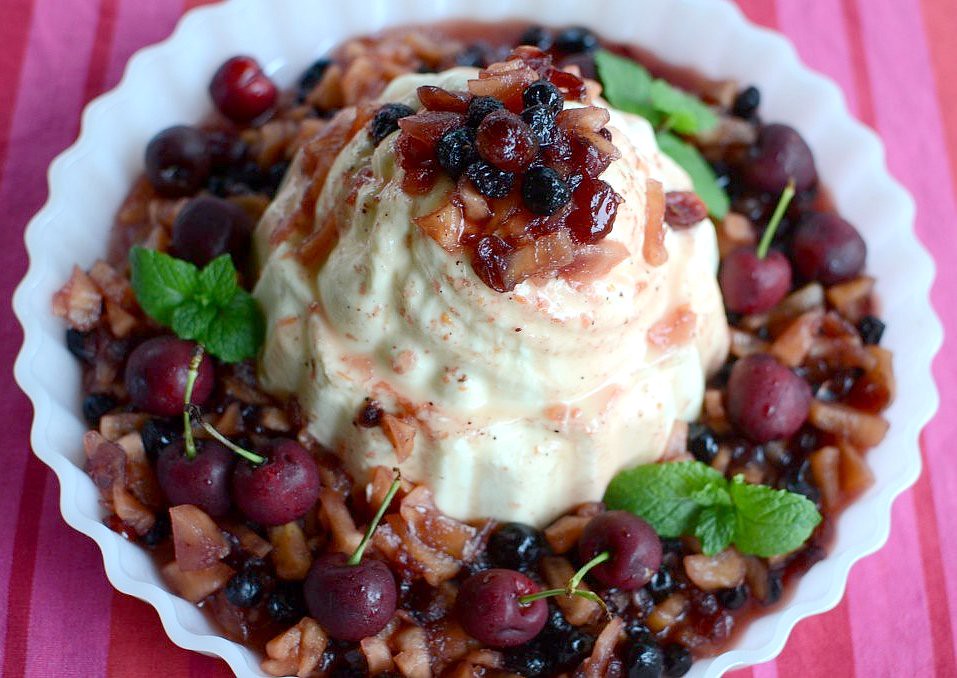The Japanese knew about sous vide long before the Brits or the French and onsen tamago is one example of slow cooking food in an enclosed container. Modern chefs who are into molecular gastronomy like to think that they can apply their high school chemistry and physics, and the sous vide cooking of meat in plastic bags at very low temperatures for 2 days or more to get a tender texture and 'original' flavor is gaining popularity in restaurants although I'd stay ten miles away. I just won't touch plastic-cooked food whether or not they are guaranteed to not leak into my food. That's the reason I only have one non-stick pan.
Onsen tamago are eggs cooked in hot springs, such as those on the foothills of Mr. Fuji. Japanese restaurants serve onsen tamago too but instead of hot spring water, trays of eggs are kept for a long time in warm water. That is all I could extort from a waitress at Nishiki Restaurant, the only place in KK where onsen tamago is served. Interestingly, I've eaten Mt Fuji eggs twice, and both times they were hard, maybe because the spring waters were too hot. They weren't any more delicious than regular boiled eggs and they stank of sulphur.
If you love half-boiled eggs but the thought of eating raw yolks makes you queasy, onsen eggs are the answer to your agony. Onsen eggs are in fact half-boiled eggs in reverse, eggs with cooked yolks and runny whites. I find it rather strange and sometimes wonder if the eggs are delicious just because they are reversed. But then I take a spoonful of the egg, a bit of cold, smooth, silky white and a bit of the firm yellow and I know that it's not the novelty of the unusual egg but the damn deliciousness of it. Of course the light dashi soy sauce adds to the taste but if you've eaten a good organic half-boiled egg, imagine it twice as delicious and you'll sort of know what I mean. The reason for the reversed state of boiled onsen eggs is egg whites are made of mostly protein (albumin) and coagulate at a higher temperature than yolks. That's why when you boil an egg, the whites set before the yolk. Of course the fact that the yolk is in the center means that it doesn't get as much heat. However, when you cook (not boil, technically) an egg at a temperature to just set the yolks, you'll get a firm yolk and a runny white.
The Nishiki waitress said that the onsen eggs were cooked for 45 minutes but couldn't--wouldn't--tell me the temperature of the water so I did a bit of googling (Google is the best thing ever!) and found that the recommended temperature is about 65 to 70 C. How long the eggs are to be cooked depends on the size of the eggs. I can measure the weight of my eggs but I can't measure the temperature because I don't have an cooking thermometer. The best method would then be to cook the eggs in the oven. Oven tempratures however are not accurate, with some ovens ranging + or - 15 degrees off the set temperature. For an near-scientific onsen tamago recipe, go here. It's a very interesting article and the site is just amazing; I love it. Based on the results posted in the article, the best onsen eggs were boiled at 64.4 to 66.7 C for 75 minutes.
I know cooking onsen eggs is rocket science but since eggs are cheap, I thought I'd test a batch of 5 and adjust the time and temperature from there. Instead of 70 C, I set my oven at 85 C for 30 minutes because I have a cool oven, unfortunately. The pot felt so cool after 30 minutes so I increased the temperature to 95 C. I cracked one egg after 1 hour and got this:
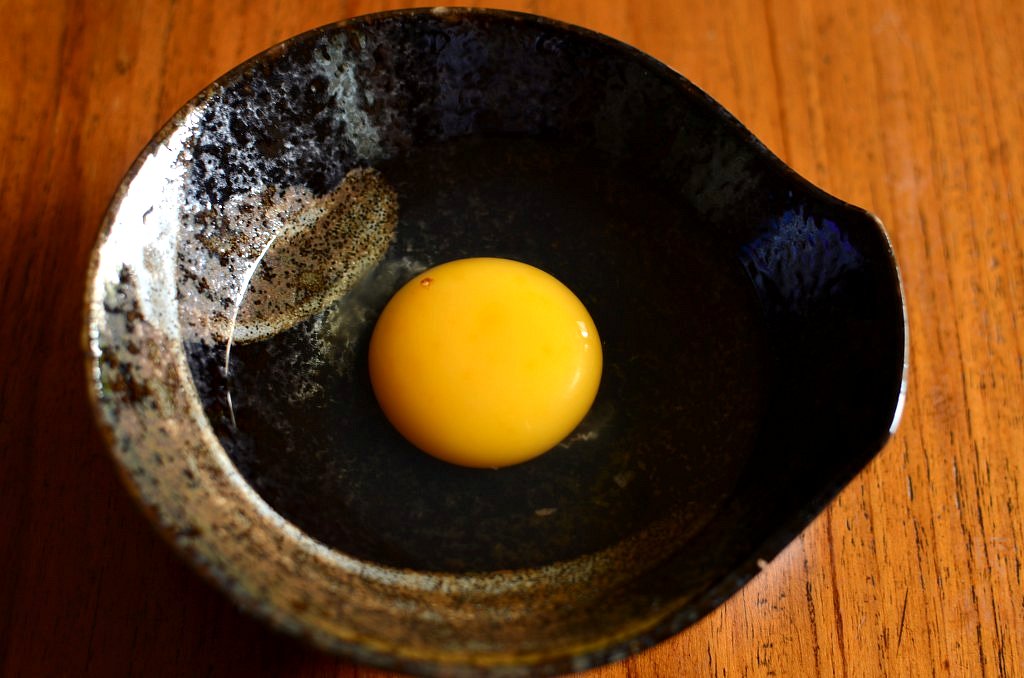
It's a raw egg! I wasn't surprised because I started with room temperature water, since I don't have a cooking thermometer. I put the pot back into the oven. I have to go out for lunch now. I'll be back maybe two hours later. Will my eggs be reversed?
~~~~~~~~~~
I didn't wait two hours because tiny bubbles began to form on the sides of my pot when I checked on the eggs an hour later (delayed my lunch appointment). I had set the oven temperature at 95 C, assuming that my oven is 15 degrees lower. After an hour, the egg turned out this way:
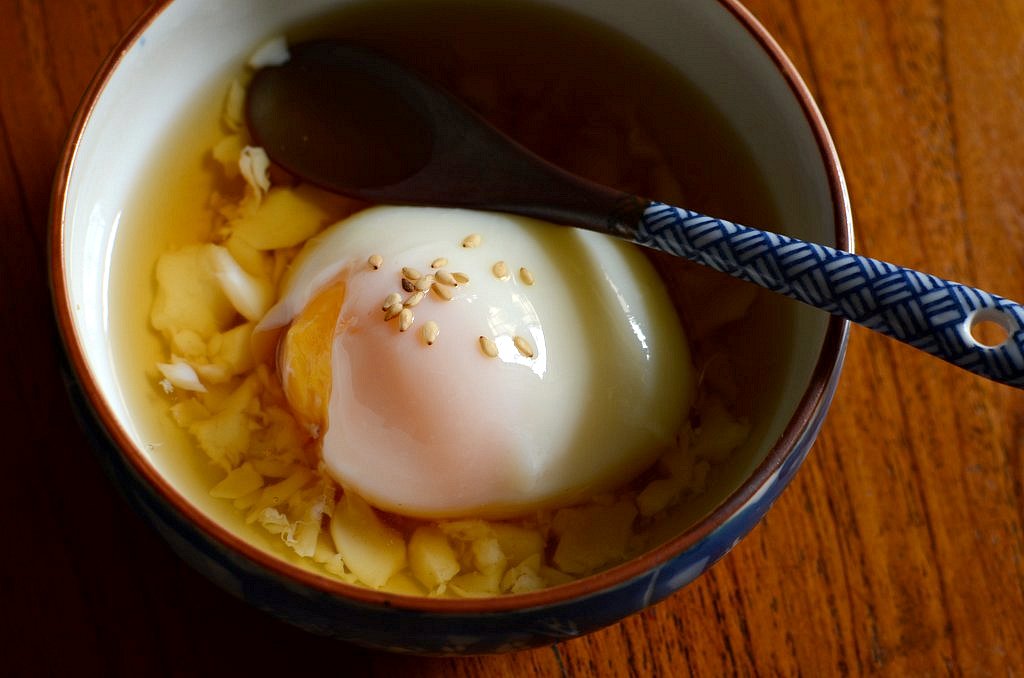
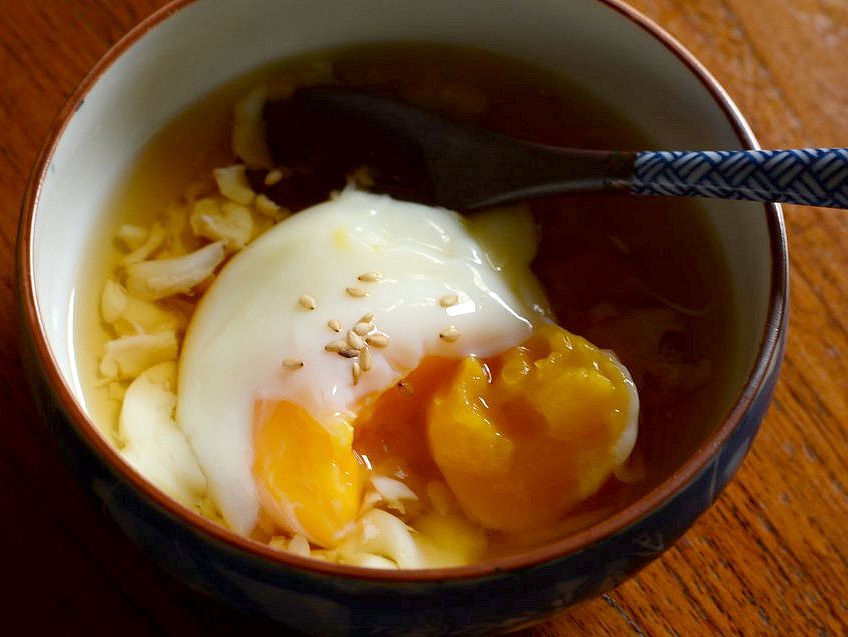
The white is still not fully set but the yolk is quite firm and cooked. If I had checked on the eggs at 45 minutes, I probably would've got the perfect onsen egg. I'm happy though because I've wondered about reversed boiled eggs for years. I think that if I have a cooking thermometer, I can make perfect onsen eggs in 45 minutes.
Onsen Eggs
large organic free range eggs (60 to 65 gm each), room temperature
dashi granules
light soy sauce
water
1. Preheat the oven to 70 C. Great if you have a reliable cooking thermometer.
2. Fill a small heavy-based pot with a tight-fitting lid with enough water to cover the eggs and heat it up to about 65 to 70 C. Put the eggs into the pot and cover with the lid.
3. Place the covered pot into the oven, middle position, and leave in the oven for 1 hour.
4. Meantime, mix a little bit of dashi granules with hot water and stir until granules are dissolved. Add some light soy sauce and dilute the sauce with water to taste. Chill in the fridge.
5. When eggs are done, put them in cold water to cool and then crack into a bowl and ladle some sauce over.


